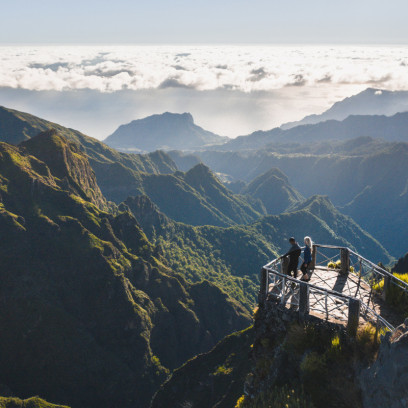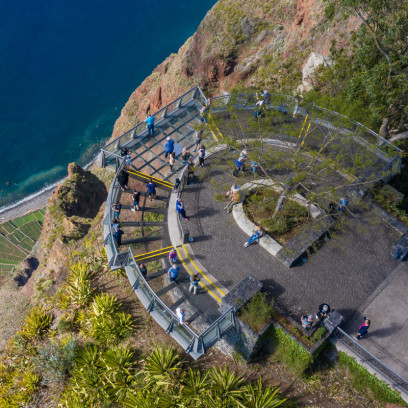Introduction to the MADEIRA Region of Portugal
The Madeira archipelago, located in the Atlantic Ocean southwest of Portugal, is celebrated for its natural beauty, mild climate and rich cultural heritage. Madeira lsland, the largest of the islands, is known for its lush landscapes, volcanic peaks, and terraced vineyards.
The capital city, Funchal, combines historic charm with modern amenities. From traditional festivals to gourmet dining, Madeira offers visitors a blend of cultural experience. The subtropical climate makes it a year-round destination for outdoor enthusiasts, nature lovers, and those seeking a tranquil escape.
Featured Historic and Culture Heritage

Monte Palace
Perched on the hills above Funchal, Monte Palace offers visitors a glimpse into Madeira’s historical charm and botanical beauty. Originally built as a private residence, the palace now houses the Monte Palace Museum and tropical gardens, featuring exotic plants, koi ponds, and sculptures from around the world. The gardens provide a tranquil space that showcases Madeira's unique biodiversity, while the museum highlights local history and art. Monte Palace is a must-see for those interested in the island's heritage and natural beauty.

Santana Houses
The traditional Santana houses, with their distinctive A-frame and thatched roofs, are an emblem of Madeira’s rural heritage. Found primarily in the village of Santana, these colorful, triangular homes are a unique example of local architecture, dating back centuries. Inside, the houses are typically divided into two levels, reflecting the simple yet functional lifestyle of Madeira’s past. Today, the Santana houses serve as a reminder of Madeira’s cultural roots and are a popular attraction for visitors interested in traditional architecture.
Geographical Features, Climate, and Natural Landscapes

Pico do Arieiro

Laurisilva Forest

